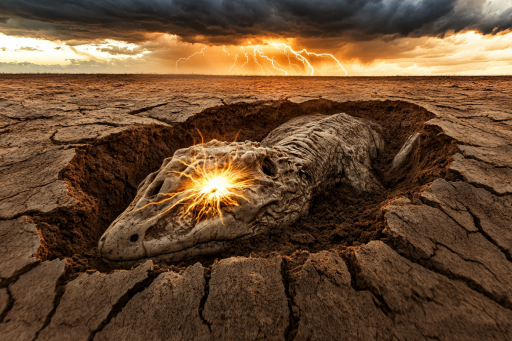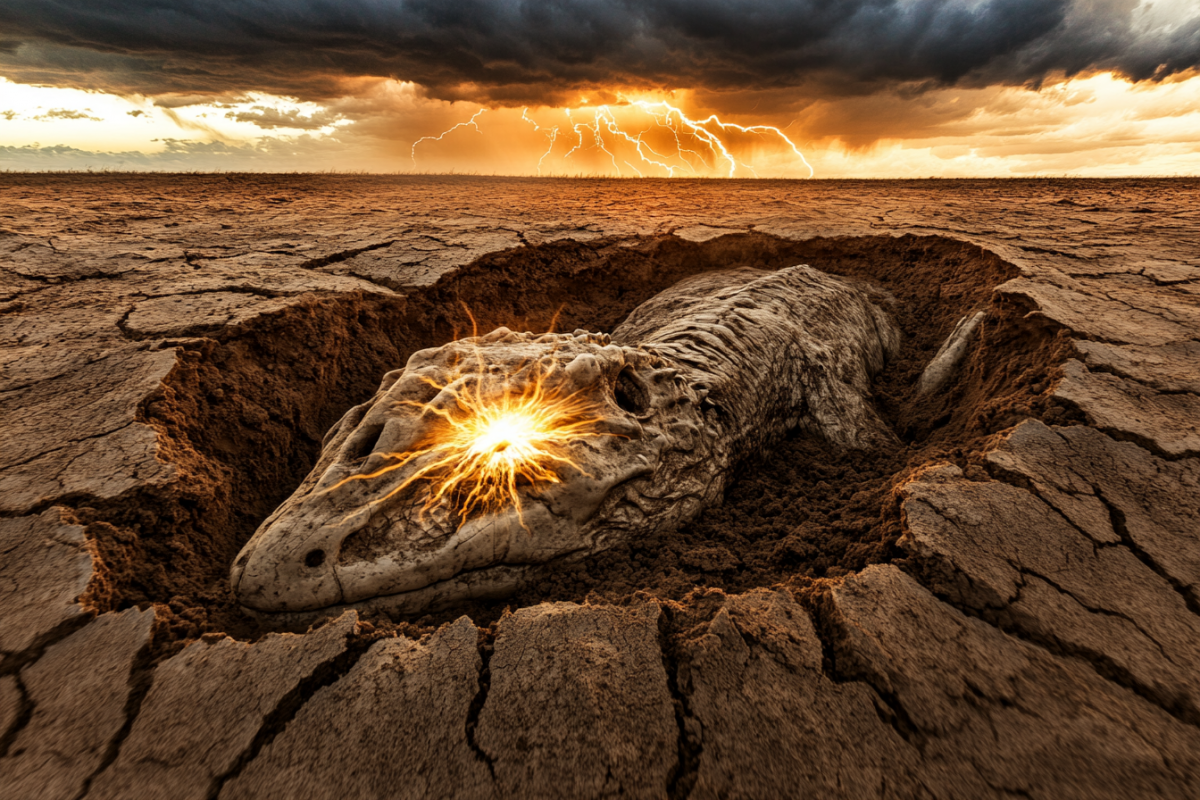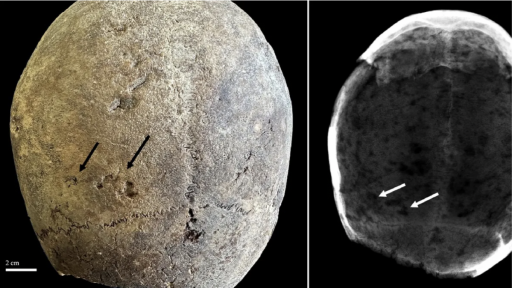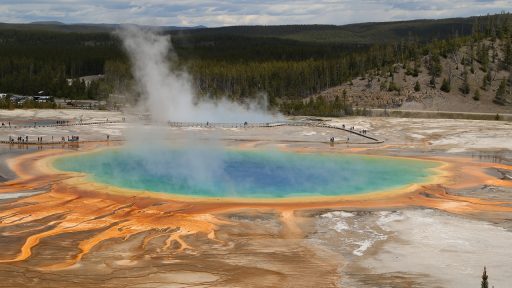
Fossils have long served as windows into Earth’s ancient past, but some discoveries challenge everything we thought we knew. These bizarre remnants of prehistoric life defy conventional wisdom, forcing scientists to rewrite history and rethink evolution. From creatures with impossible anatomies to relics that blur the lines of time, these freaky fossil finds raise more questions than they answer. Get ready to uncover the strangest secrets hidden beneath the surface of our planet.
The Dinosaur Mummy

Paleontologists unearthed a remarkably well-preserved dinosaur fossil with intact skin, scales, and even muscle tissue. Unlike traditional fossils, which are mostly skeletal remains, this discovery provided an unprecedented glimpse into the true appearance of these ancient beasts. The level of preservation suggests a rapid burial, possibly by a prehistoric landslide or flood.
The Tiny, Feathered T-Rex

A fossilized cousin of the mighty Tyrannosaurus rex was discovered with clear evidence of feathers. This finding shattered the long-held belief that T-rex and its relatives were purely scaly reptiles. The revelation has reshaped how we imagine these apex predators, suggesting they may have been more bird-like than previously thought.
The Ancient Hell Ant

Trapped in amber, this fossil reveals a long-extinct species of ant with terrifying, scythe-like mandibles. Unlike any ant alive today, it likely used its jaws to pin down prey while sucking out their fluids. This evolutionary oddity proves that nature has experimented with some truly nightmarish designs.
The Mystery of the Devil’s Corkscrew

A bizarre spiral fossil left scientists baffled for decades until it was identified as the burrow of an ancient beaver-like creature. These intricate underground tunnels provide insight into prehistoric ecosystems and the creatures that built them. The discovery rewrote theories about ancient mammal behavior.
The Giant Sea Scorpion

A fossilized sea scorpion the size of a human was discovered, proving that some of Earth’s first predators were truly massive. With razor-sharp pincers and an armored body, this oceanic nightmare was one of the top predators of its time. Its discovery provided new clues about prehistoric marine food chains.
The Zombie Crabs

A strange fossil revealed a species of crab that seemingly “rose from the dead” after millions of years. Thought to have been extinct, this species reappeared in the fossil record after an immense gap, challenging what scientists understand about extinction and survival. This raises questions about how many species could be lurking undiscovered.
The Fossilized Megalodon Nursery

A site filled with fossilized baby Megalodon teeth suggested these monstrous sharks had designated nurseries. This find revealed that even prehistoric apex predators needed a safe space to grow before dominating the oceans. It changed the way researchers view the life cycles of ancient marine giants.
The Alien-Looking Opabinia

With five eyes and a clawed trunk, this bizarre creature from the Cambrian era looks like something from another world. Fossil evidence of Opabinia gave scientists a rare glimpse into the wildly experimental designs of early evolution. This discovery helped piece together the puzzle of how complex life evolved in Earth’s oceans.
The Dragon of China

A fossilized skeleton of a massive flying reptile with an immense wingspan was uncovered in China. This pterosaur, with its elongated jaw and massive frame, would have ruled the prehistoric skies. It reshaped our understanding of aerial predators in the Mesozoic era.
The “Frog From Hell”

Scientists found fossils of an ancient, massive frog that likely preyed on small dinosaurs. This prehistoric amphibian had a bite force strong enough to crush bones, making it an unexpected predator. Its existence forced a rethink of prehistoric ecosystems and the roles amphibians played in them.
The Largest Snake Ever

A fossilized vertebrae revealed a snake so massive it could have swallowed a crocodile whole. Named Titanoboa, this creature slithered through prehistoric jungles as the top predator of its environment. The discovery shed light on how reptiles adapted after the extinction of the dinosaurs.
The Three-Eyed Reptile

A fossil of an ancient reptile with an extra eye on its forehead stunned paleontologists. This adaptation may have helped it sense light changes, giving it an evolutionary advantage. It provided deeper insight into how early reptiles adapted to their environments.
The First Known Venomous Dinosaur

A fossilized dinosaur skull with grooved teeth suggested it may have been venomous, much like modern snakes. If true, this would mean dinosaurs used venom as a hunting tactic, changing our understanding of their predatory behavior. This revelation could lead to the reexamination of other fossils for similar traits.
The Time-Defying Coelacanth

Once believed to have gone extinct with the dinosaurs, the discovery of Coelacanth fossils—and then a living specimen—shook the scientific world. This ancient fish defied time, surviving unchanged for millions of years. It became a living testament to how little we truly know about Earth’s past.
The Prehistoric Giant Penguin

A fossil discovery revealed that ancient penguins once reached the size of a human. These massive seabirds thrived in prehistoric oceans, challenging what we thought we knew about bird evolution. Their existence sheds light on how avian species adapted and evolved in extreme climates.
When the Past Won’t Stay Buried

These fossil discoveries prove that history is never set in stone. Every new finding reshapes our understanding of life’s evolution, revealing creatures stranger than fiction. As scientists continue to dig deeper, who knows what other mind-bending secrets remain hidden beneath our feet?





